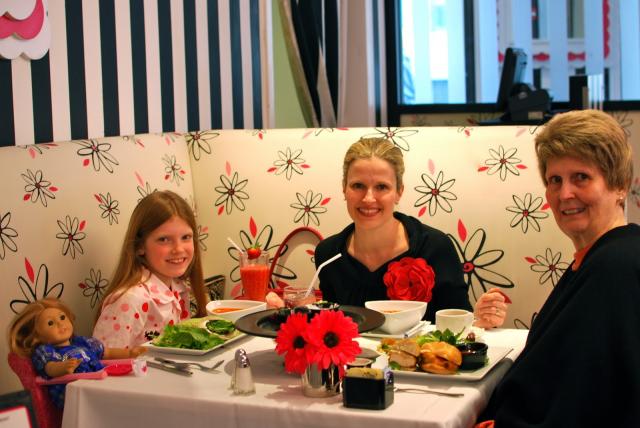Remember when a store was a place where you just bought things?
When retailers figure out how to use their physical space to create a brand experience
Obviously, you can still find plenty of good old-fashioned retailers where the sum of the experience is almighty commerce. From the dusty disarray of a big box merchant’s “stack ’em high, let ’em fly” environment to the glass and chrome aerie of today’s mall, most stores function as a cleaner, safer version of the warehouse (with some cool POS graphics thrown in to reenforce the distinction).
When a retailer figures out how to use their physical space to create a brand experience, however, the old buyer/seller relationship becomes a lot more interesting.
In my mind, Apple stores deserve much of the credit for really extending the continuum.Their stores were designed as a space where customers could interact with the brand on individual, more emotional terms, and while critics once questioned the ROI of dedicating an entire wall of prime Madison Avenue retail space to a free service like the Genius Bar, the intensely intimate and experiential nature of an Apple Store has since inspired its share of acolytes.
Online men’s clothing retailer Bonobos (where, full disclosure, more than one dude at our Charlotte ad agency likes to get his style on) has built an enormously loyal following, and now offers something called Guideshops across North American and in the UK. In these “stores” — if you will — customers can’t actually “buy” anything, but are welcome to try on the merchandise, choose different colors and patterns, and immerse themselves in all things Bonobos — with the help of a stylist (they call them Guides) and a whiskey from the fully stocked bar. Brand enthusiasts can then march home and order online.
What’s the ROI on this kind of newfangled commerce? Bonobos is privately held, so it’s hard to gauge.
But Mattel’s American Girl Place, which offers in-store restaurants (where little girls and their even smaller dolls can order a three course meal, or — get this — an in-store hair salon where your precious Bride of Chucky doll can get some ‘lights and a blowout) generates more than $1,500 of revenues per square foot, one of the highest in the industry (behind leader Apple, and in the company of stores like Tiffany and Coach).
Compare that to a paltry $240 for Toys “R” Us.
Clearly shopping no longer has to be just about the transaction.
Until it’s time to check out, that is.


